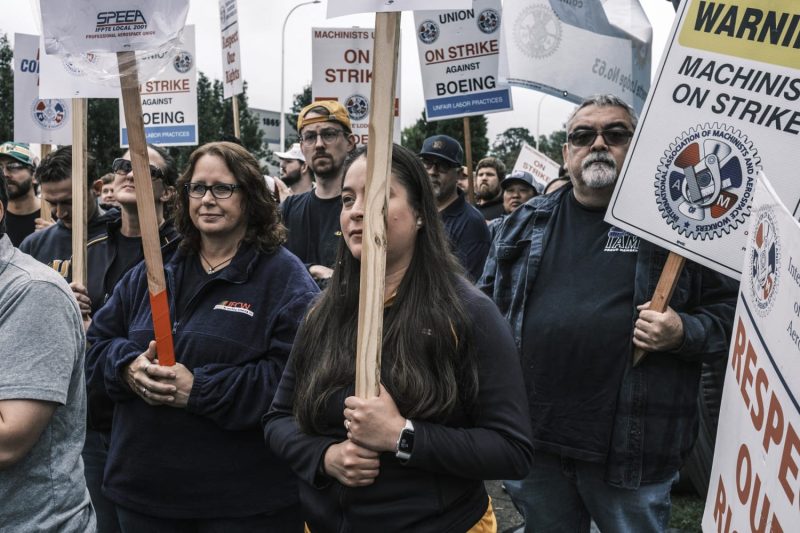The assertion, “I can last as long as it takes,” seems to echo from the determined hearts of the determined Boeing machinists who have drawn a line in the sand with their decision to picket. The crucial role these workers play in the production line of one of the largest aircraft manufacturers in the world cannot be underplayed. Yet, the recent labor unrest suggests a disconnect between the workers and the management, forcing these machinists to mount one of the potentially longest strikes in recent history.
The decision to strike doesn’t occur in a vacuum; it’s borne out of a real discord or dissatisfaction. For the Boeing machinists, this stems from a complex combination of contract disputes, wage dissatisfaction, looming job security issues, and a perceived lack of appreciation for their crucial skilled labor. All these factors have forced them to take up the picketing placards, prepared for what may be a long battle against Boeing’s corporate machinery.
The machinists are an integral part of Boeing, responsible for assembling planes and their critical components that keep the aerospace company in its position as a global leader. Their skills are indispensable and highly specific, a fact not lost on the striking workers and consequently, their bargaining power is significantly enhanced. It is this recognition that continues to fuel their resilience, underscored by the spirit of lasting as long as it takes.
While preparing for a lengthy strike, the workers are cognizant of the support systems they will require to sustain. These range from the backing of their union, to the solidarity from other workers, to the crucial existence of strike funds. Often, the financial hardships that a strike can create become a deterrent for many. Understanding this, the machinists have been preparing in advance, creating a bulwark of financial and moral support, ready for the eventuality of a long-drawn demonstration.
As the dispute persists, the potential impact on Boeing’s operations is substantial. Given the impact of ongoing global pandemic on the aviation industry, any prolonged disturbance in the supply chain could have a ripple effect. This would not only affect Boeing’s production schedule but could also impact its customers and partners worldwide. For the machinists on the picket lines, this possibility is both a grim reality and a source of power.
The strikers also understand the importance of public sentiment in their battle. By involving the media and reaching out to the general public, machinists are highlighting their struggle, thereby gaining broader support for their cause. The slogan I can last as long as it takes has become a rallying cry that encapsulates the machinists’ determination and their readiness for a lengthy, possibly grueling, but hopefully ultimately fruitful, strike.
In conclusion, the Boeing machinists’ resolve to strike indefinitely reflects a broader labor market trend that acknowledges the significant role of skilled labor. Rooted in the incongruity between corporate profit and worker satisfaction, the machinists’ steadfast dedication on the picket lines emphasizes the significance of ensuring equitable labor practices. Their fight is emblematic of labor movements across industries, underlining the need for fair treatment, appreciation, and better provision for the backbone of manufacturing companies – the workers themselves. While only time will tell the outcome of this standoff, one thing is certain: the machinists are resolved to stand up for their rights, ready to last as long as it takes.




